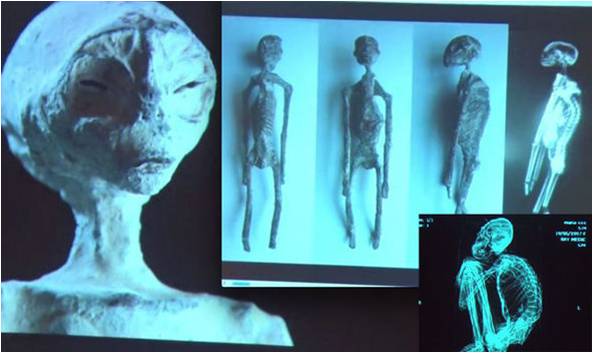Astronomers have announced the discovery of seven new "Earth analogs"
The newly discovered star TRAPPIST-1 in the constellation of Aquarius was once the mistress of seven analogs of the Earth, and three of them are at the heart of "life zone" and is expected to possess a thick atmosphere and water, according to a paper published in the journal Nature."Before the discovery of the system TRAPPIST-1, we knew only four real Earth-like planets that we can learn, -. Earth, Mars, Venus and Mercury are now the number has increased to seven, and we can study them not in five or ten years, right now.
It can be expected that the first news about their properties will be available in the coming weeks and months. History TRAPPIST-1 is just beginning, "- commented the opening Zhilon Michel (Michel Gillon), an astronomer at the University of Liege (Belgium).
In May last year at MIT astronomers announced the discovery of an extremely unusual star system - TRAPPIST-1 from Earth just 40 light-years away towards the constellation of Aquarius. Then it was reported that the three planets orbiting a red dwarf star that are within the so-called "habitable zone" where water can exist in liquid form, and their mass is presumably comparable to the Earth.
Later, scientists have studied the spectrum of the star TRAPPIST-1, passed through the air shell of the planets on the way to Earth, and found that it's rocky planets similar to Earth, and found hints of the presence of water, oxygen and carbon dioxide in their atmospheres.
However, not all astronomers are convinced of the existence of these planets, noting that the periodic reduction in the star brightness in which they were found, could be generated by an invisible luminary-satellite TRAPPIST-1 for us.
Zhilon and his colleagues studied the properties of these planets by observing the star system using TRAPPIST telescope in Chile and an orbital telescope "Spitzer". As they note, they assumed that they can easily obtain information on the size, mass and composition of the atmospheres of planets due to the small distance to the TRAPPIST-1, quiet nature of the star and its small size, facilitating observation of the shadow on the surface of the planets.
These observations led to an unexpected discovery - it turned out that the planets do not actually three, seven, six of which are located within the "habitable zone". Due to the high resolution telescopes and long-term observations of planetary scientists for the first time managed to very accurately measure the diameter and weight of six of the seven planets, and get some of the composition of their atmospheres data.




Комментарии
Отправить комментарий